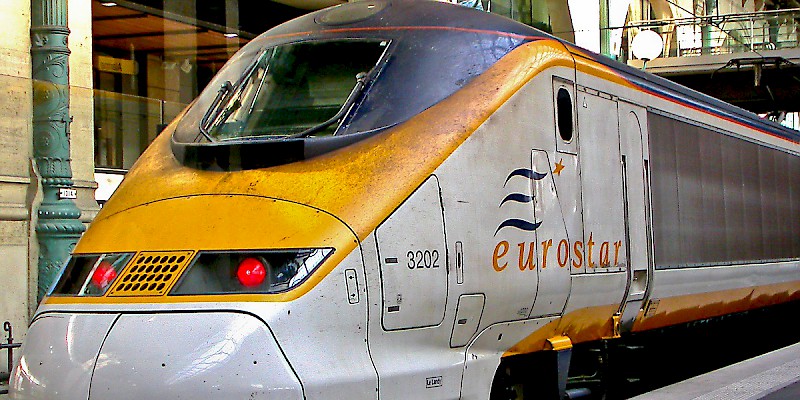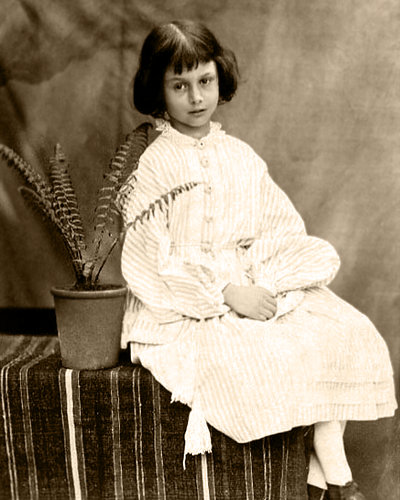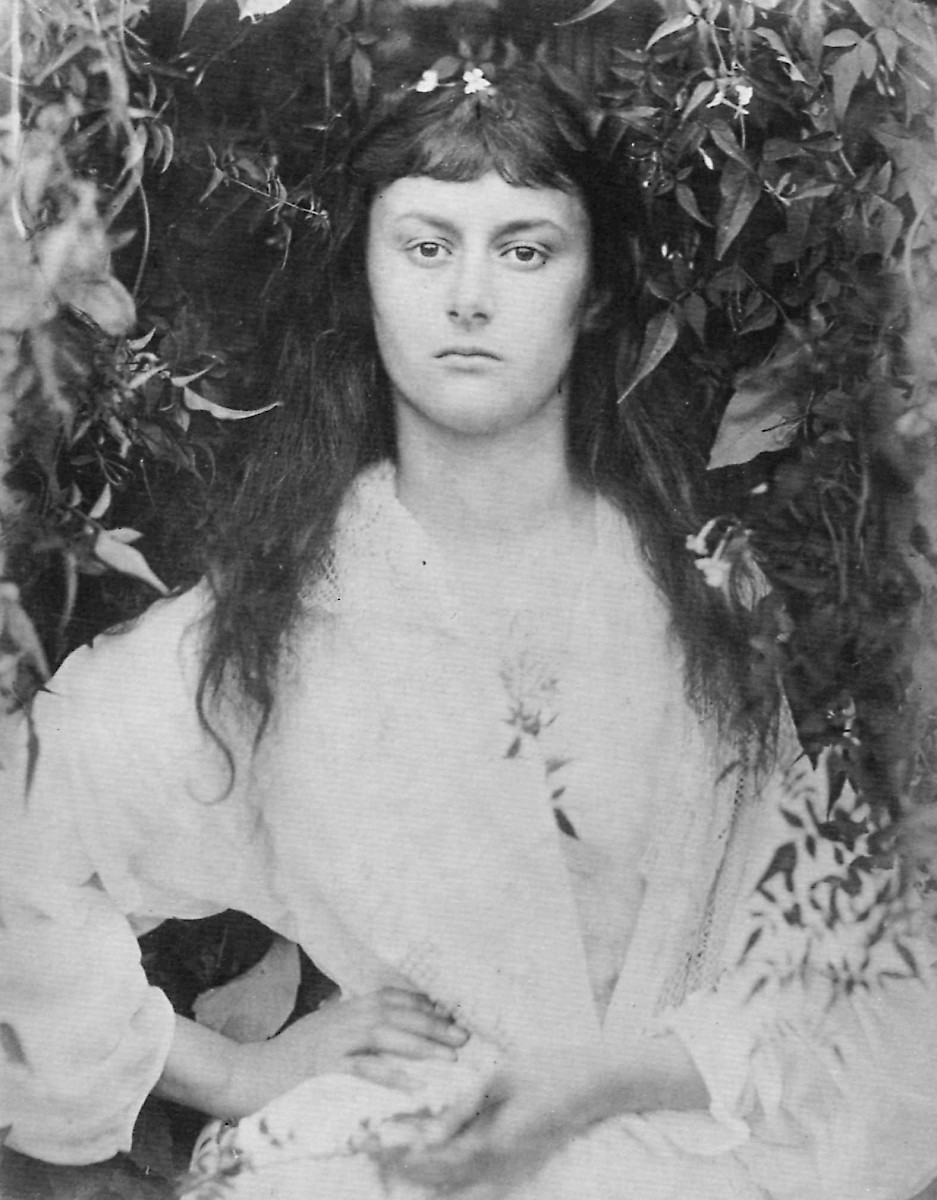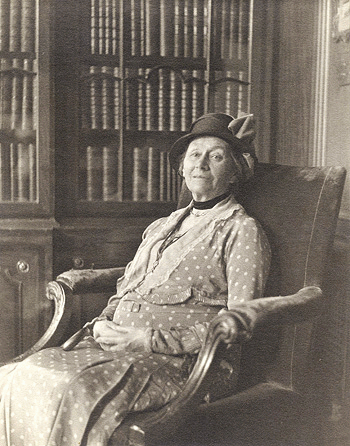Eurostar trains

Connecting London to Paris, Brussels, and the rest of Continental Europe at high speeds though the Chunnel
The Eurostar train connects London with Paris (and London with Brussels) through the Channel Tunnel.
How long does the Eurostar train take?
- Trains from London to Brussels take about 2 hours (technically, 1:51 to 2:04).
- Trains from London to Paris take just over 2 hours (2:16 to 2:26).
However, due to the time change (England is one hour behind Belgium and France), when leaving from London, the clocks in Paris will show you arriving not 2:16 hours later, but rather 3:16 hours (in Brussels 2:51 hours later). On the plus side, going from Paris to London you arrive a mere 1:16 hours later by the clock, from London to Brussels you're there in just about an hour!
Since the classic ferry route—regular train from London to Dover, ferry over to Calais, regular train from there to Paris—takes essentially all day and costs almost the same amount, Eurostar is a great deal.
How much does the Eurostar train cost?
In brief, tickets between London and either Paris or Brussels start at €51 one-way, €78 round-trip.
One of the truly sad things is that Eurostar pricing works a bit like that of traditional airlines: Tickets cost a bit more than you'd really like them to, and for some inexplicable and asinine reason, one-way tickets cost around 80% the price of round-trip ones (instead of 50%).
I'm not going to provide a range of specific prices here because (a) they are seasonal (and I don't know when you're traveling), and (b) there are three price categories: "Standard," "Standard Premier," and "Business Premier."
About the best advice I can give is:
- Book online. Booking in person at the station or over the phone adds a €14 fee (except for Business Premier).
- Booking in advance saves you money.
- Book ahead regardless, since the Eurostar does sell out, especially on "bank holidays" (3-day weekends).
- Discounts are available for children (under 12; under 4 are free). (Note: They have recently done away with the discount for railpass holders.)
Where do I catch the Eurostar train?
- In London, Eurostar trains arrive and depart from St. Pancras Station (www.stpancras.com). (Until Nov., 2007, the train used Waterloo Station, so make sure you're not using an outdated guidebook.)
- In Paris the train station for the Chunnel train is Gare du Nord in Paris (www.gares-en-mouvement.com).
- In Brussels it's the Central Station.
- Nationalrail.co.uk - Covers all of the lines once operated by the (since-privitized) old British Rail, as well as info on all British rail stations, including maps and services. This includes most major British railways, but notably does not cover many urban area light rail systems (such as London, Glasgow, Manchester, Blackpool, Sheffield, and Midland Metro), nor does it cover the Eurostar, Heathrow Express, nor a handful of heritage or privately owned railways. Still, it's the closest thing to one-stop shopping for finding train connections across the mainland U.K. (though not Northern Ireland).
- BritRail passes - Book railpasses good for travel all over Great Britain—or just in parts of all of England or Scotland.Partner
- Eurostar.com - The super-fast train through the Channel Tunnel connecting London with Paris (2.5 hrs.), Brussels (2 hrs.) and—though those hubs—the rest of Europe. » more
- Europetrainsguide.com - General train info from a private site devoted to European rail travel.
- Seat61.com - General train info from a private site devoted to rail travel, including detailed, step-by-step instructions on how to get from London to just about any other country in Europe via rail.
- Traintaxi.co.uk - Search stations to find out whether they have taxi ranks/stands, and the phone numbers for pre-booking a cab. (Not being updated after April 2016, but still handy.)
- Sleeper.scot - overnight train
- Heritagerailways.com - An association of historic, heritage, and narrow guage railways—many operating steam trains on historic scenic routes. The site is pretty bare-bones, but if you click on a railway and then look for the link in the box below the map (not teh name on the map itself), you can get to the website for that heritage rail line, train museum, or tourist train
- Train map - A rail network map courtesy of Nationalrail.co.uk.
- Neck pillow - For the plane or long train rides. I prefer one that cinches at the front to provide all-around-the neck support (wear it backwards to keep your chin up); some rave about the the funky J-Pillow; other go for the Travel Halo with its built-in eye mask.
- Eye mask - Some love 'em; some don't. I find every bit of help sleeping helps.
- Tablet/E-reader - For long plane and train trips. If a tablet or e-Reader, load up on titles before you leave, or get one with WiFi (so you can download outside the U.S) or a Kindle with 3G (which connects for free in 100 countries).
- Noise-canceling headphones - The one silly travel gadget I actually use (it makes flying less stressful, even if you don't sleep; also: way easier to hear the movie). There are tons of models. I currently rock a JVC HANC250—les than half the price of Bose; nearly as good. Or go super low-tech with earplugs (sadly, I'm one of those people who cannot tolerate wearing them).
- Book - Just bring one or two. Some hotels have book trading shelves. Also, Britain has excellent book stores!
Tips
You are required to check in at least 30 minutes before departure (10 min. if you overpaid for Business Class), and they airport-style secutiry lines, so plan on getting to the station well ahead of time—I'd say at least one hour ahead of your scheduled departure, just to be safe.

 Alice Liddell, Age 7
Alice Liddell, Age 7 Alice Liddell, age 20
Alice Liddell, age 20 Alice Pleasance Liddell Hargreaves, age 80
Alice Pleasance Liddell Hargreaves, age 80




